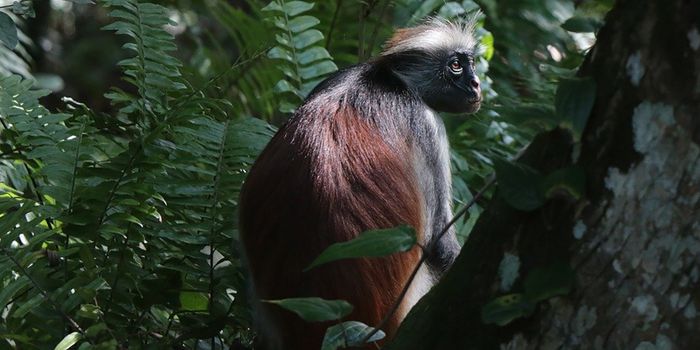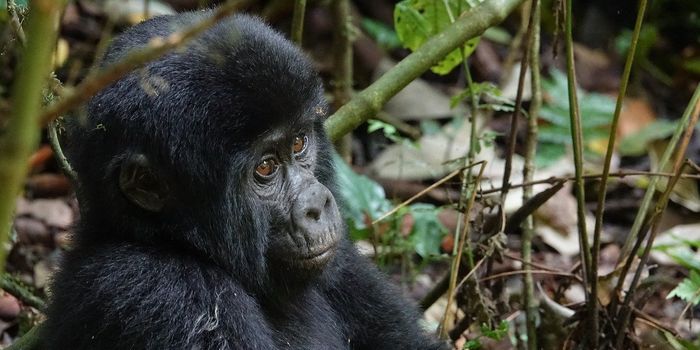The cheetah is undisputed as the fastest animal on land. It reaches top speeds of 75 miles per hour, accelerating from 0 to 60 mph within three seconds in just three strides. Aerodynamics and a lightweight frame of only approximately 125 pounds allows cheetahs to reach their incredible speed. But how exactly is their body built for speed?
The cheetah's light weight allows its muscles to run so quickly, not weighed down by extra body fat. It's small head, flattened rib cage, and slender legs minimize air resistance. Its flexible spine, pivoting hips, and shoulders that are disconnected from the collarbone allow the animal to maintain top speeds by allowing a longer stride and closer flexion of the legs as it runs. The average stride leg for a cheetah while running can reach up to 25 feet, and twice during each stride all four of its feet are off the ground. It's long muscular tail works as a stabilizing rudder and its feet pads are hard and flat like tires with its short claws that do not retract and instead act like the grips of track shoes, allowing the cheetah to turn quickly.
However, cheetahs can only maintain this top speed until its body and brain reaches 105 degrees F, which often is no more than 12 seconds.








